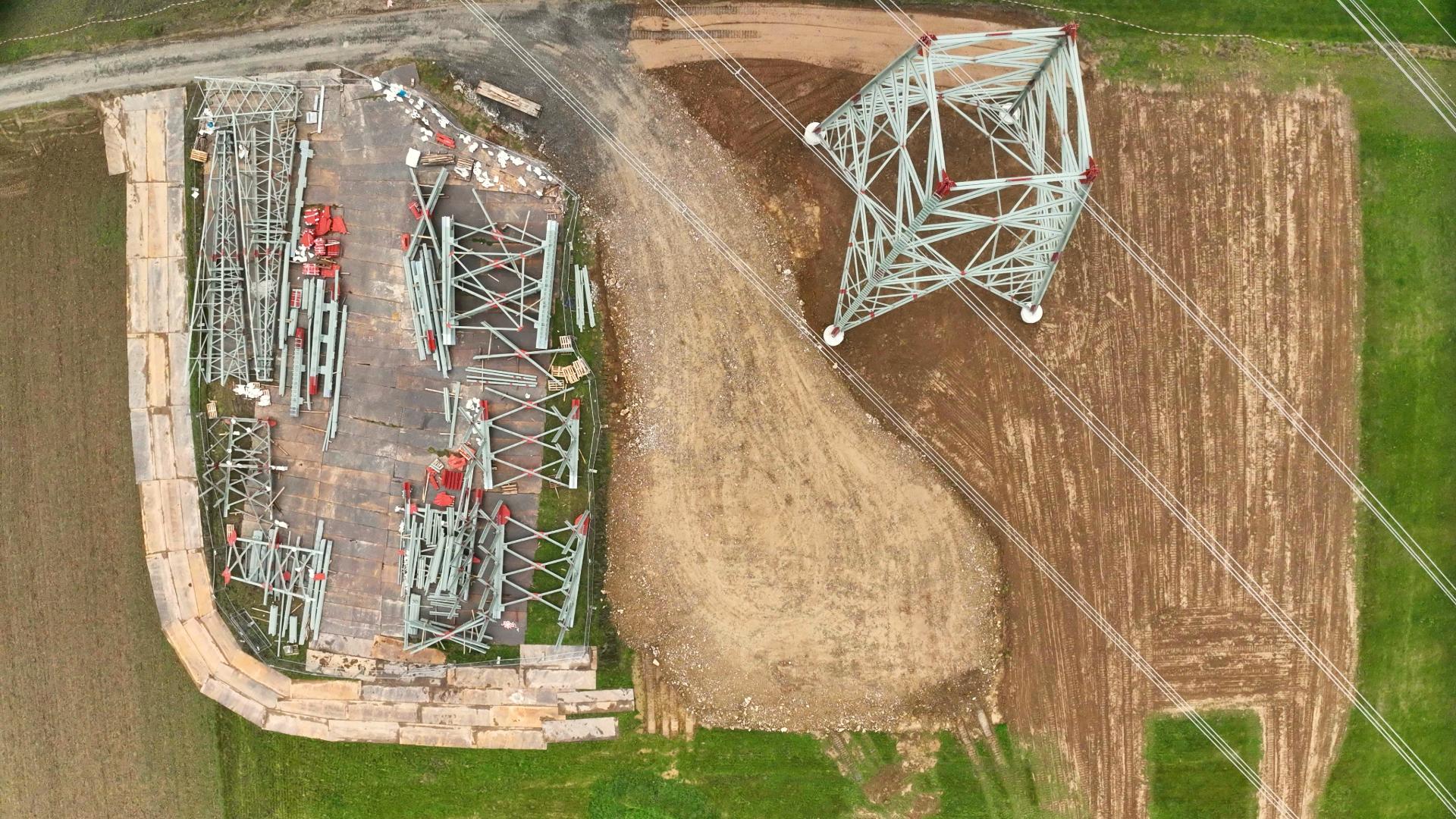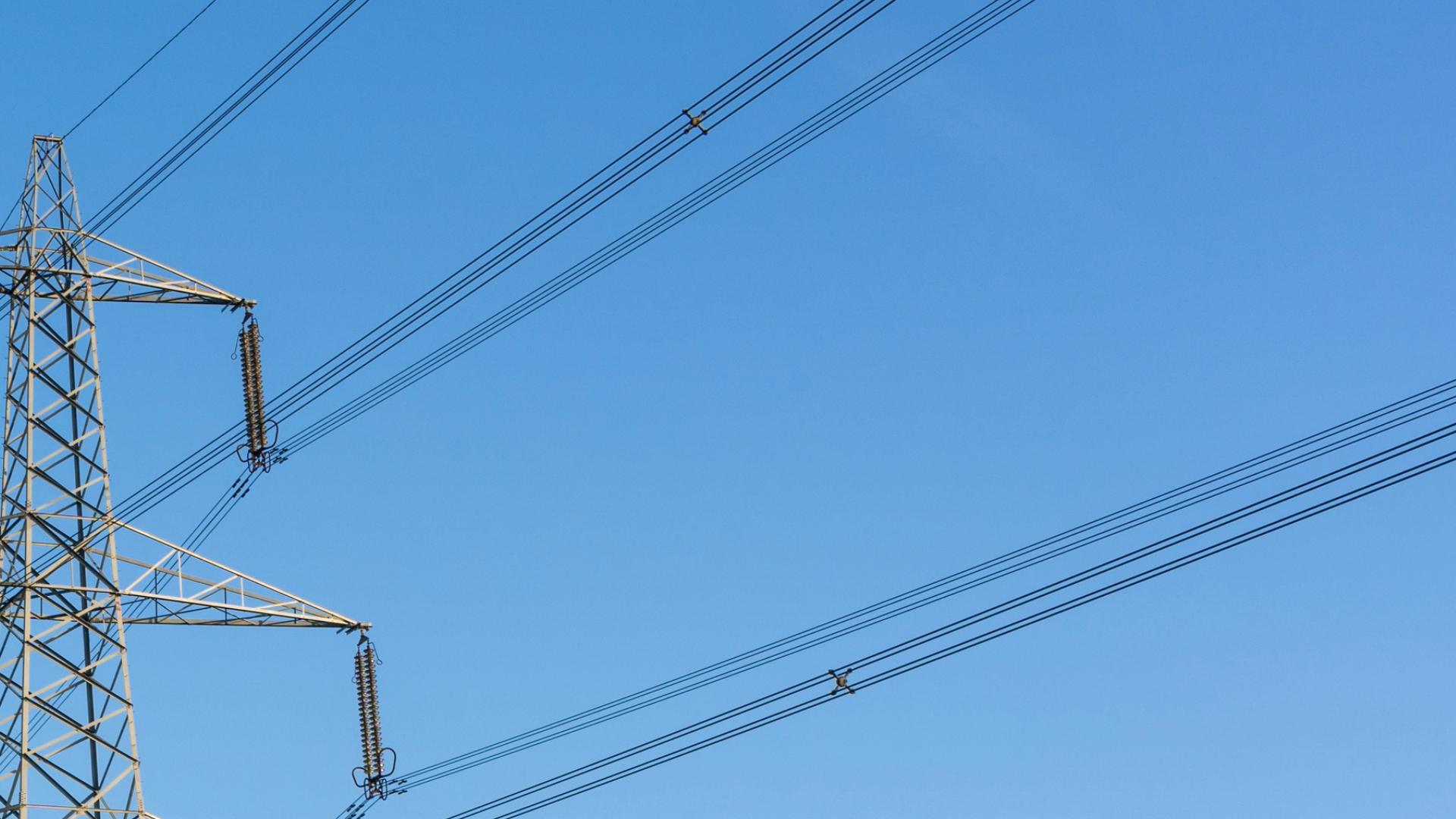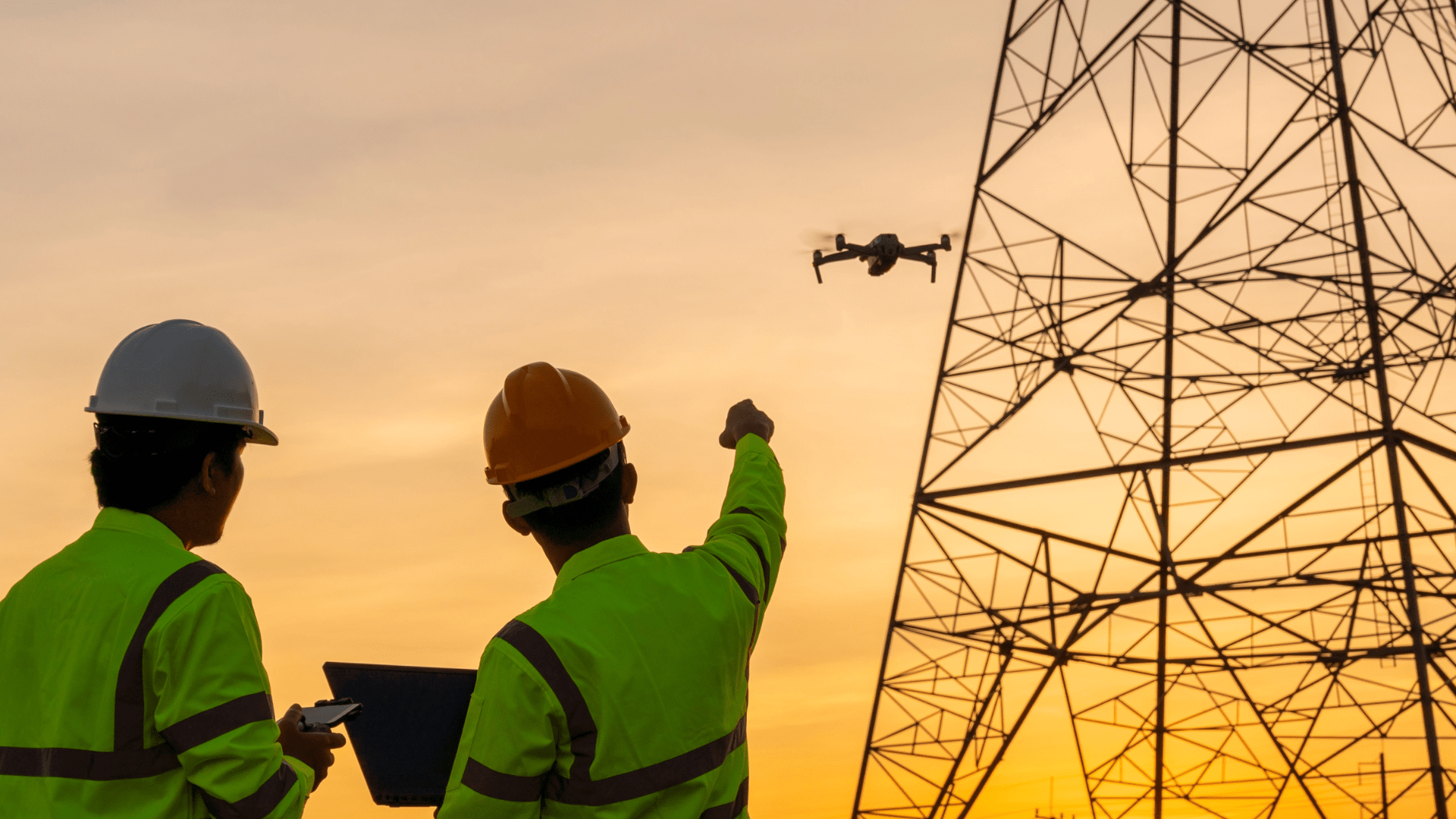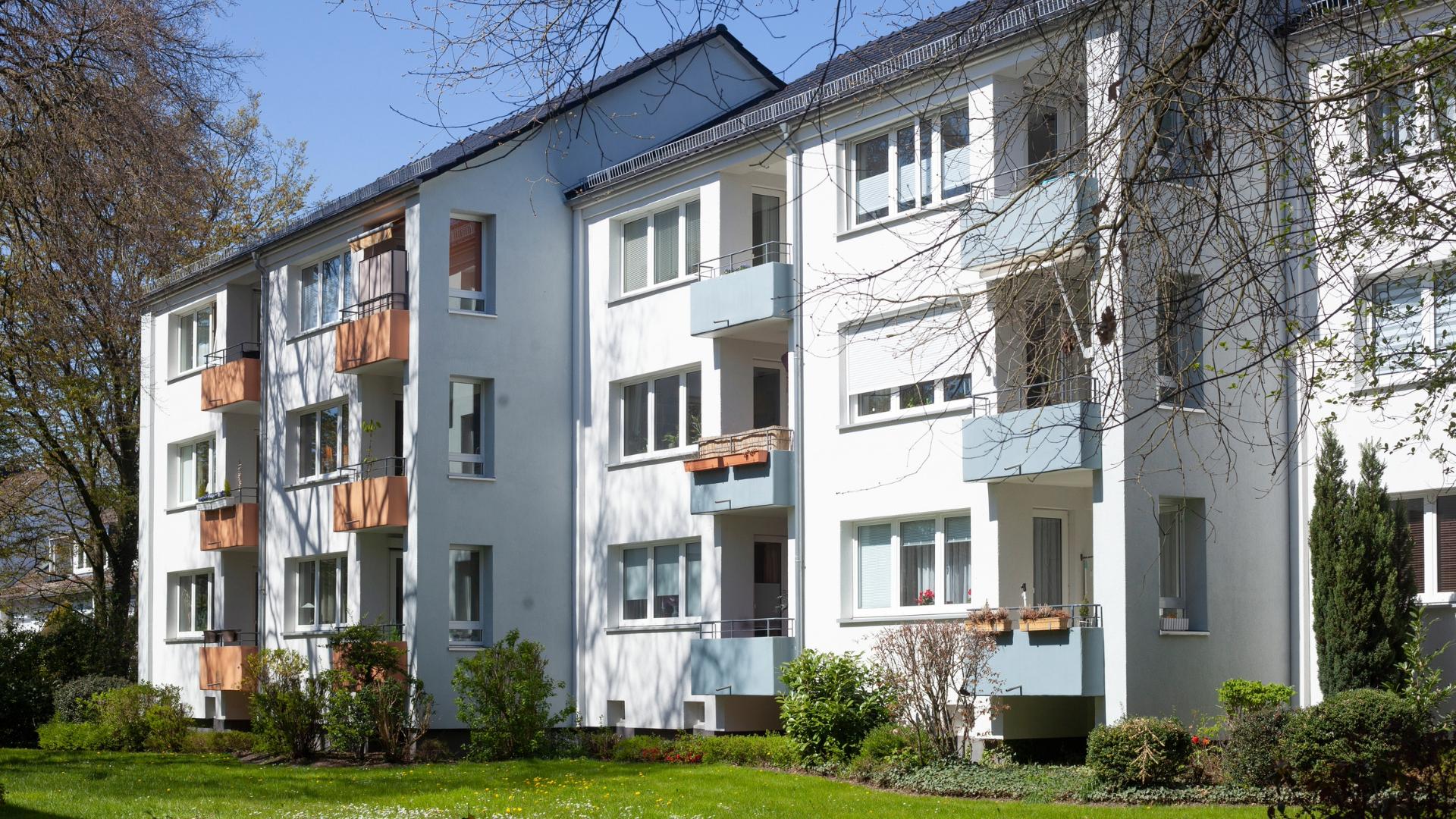EASA (European Union Aviation Safety Agency) published another document for the implementation of the new regulation of companies on Dec. 17. EASA thus provides an important missing piece of the puzzle mid-December, just less than two weeks before the new EU drone rules come into effect. The so-called “Special Condition for Light UAS – Medium Risk” translates the requirements from the new EU drone regulation into operational applications of drones for companies.
This provides
- Companies a concrete guideline on how to put a drone into operation based on the risk assessment
- Municipalities, and generally areas with residents, more specific guidance on how drones are used and operated in their vicinity by businesses
At first glance, a “Special Condition” based on a delegated regulation and implementation sounds quite complicated. However, the basic idea is the following:
First: The current rules for drones, which expire at the end of 2020, are still based on the general basic understanding and rules of manned aviation. The air traffic regulations valid until then were taken and supplemented and expanded for the operation of drones, or Unmanned Aerial Systems. This system is now being replaced by a new system that relates specifically to UAS (Unmanned Aerial Systems) and defines all possible rules of use and operation.
Secondly: This new system will make almost everything obsolete that has been the practice up to now (registration and identification of UAS, drone licenses, classes of drones, differentiation according to use cases, and much more). BUT: On the one hand, it will standardize across Europe how drones are operated. On the other hand, it will be clearer and thus easier for every drone operator, because the requirements per user group were created in order to be able to implement as many processes as possible here as standard and quickly comprehensible. For example, someone with a hobby drone and for hobby purposes will not spontaneously come up with the idea of inspecting a nuclear power plant with his drone. Put simply, in the future, the hobby pilot will know what he has to observe and can then fly without any additional effort, but the inspector with his industrial drone will also have planning security in his category in the future to be able to fly his tasks here.
Thirdly: In order to enable companies to use drones for commercial purposes and to take a closer look at this user category, EASA has developed and published the aforementioned “Special Conditions”. Instead of dealing with the entire set of regulations, companies should first take a look at the “Special Condition for Light UAS – Medium Risk” and understand the requirements contained therein. In most cases, this will be sufficient for companies to be able to plan (BVLOS) inspections again in the future or to carry out documentation using drones and to apply the new system directly.
Operation checklist for companies
The document is very clearly structured and can be treated as a checklist. It provides information about what drone, the pilot, operator (i.e. the company) need to bring. The chapters are:
– General (definition)
– The flight (e.g. physics, control …)
– Structure (environment, material, and constructions …)
– Ascent, thrust, power supply (batteries, calibration …)
– System and accessories (control mechanisms, lighting …)
– Controller and display (instruments, manual …)
– Connection to the drone
The final document was provided by EASA on Dec. 17th, 2020 at the following link: Download PDF




